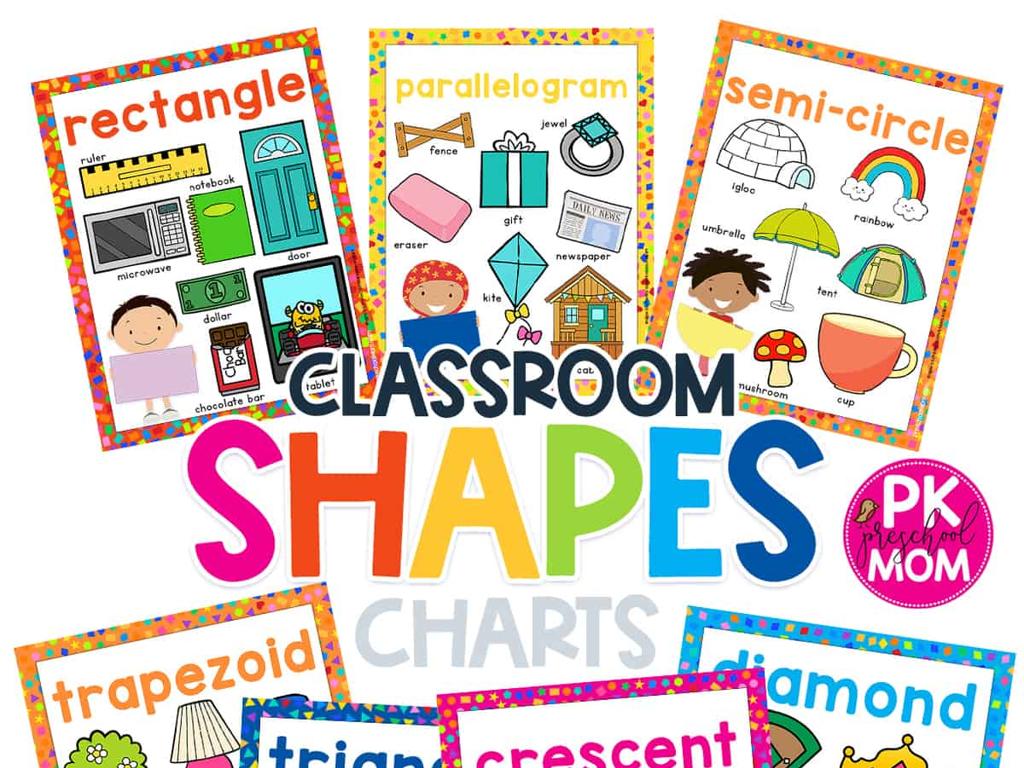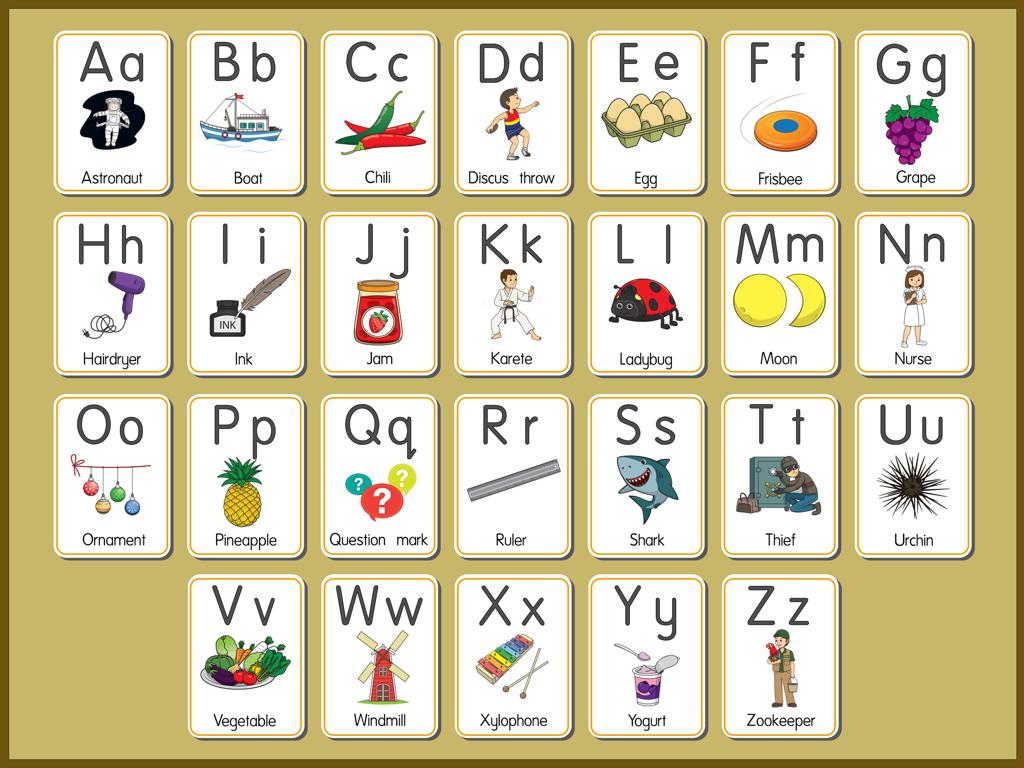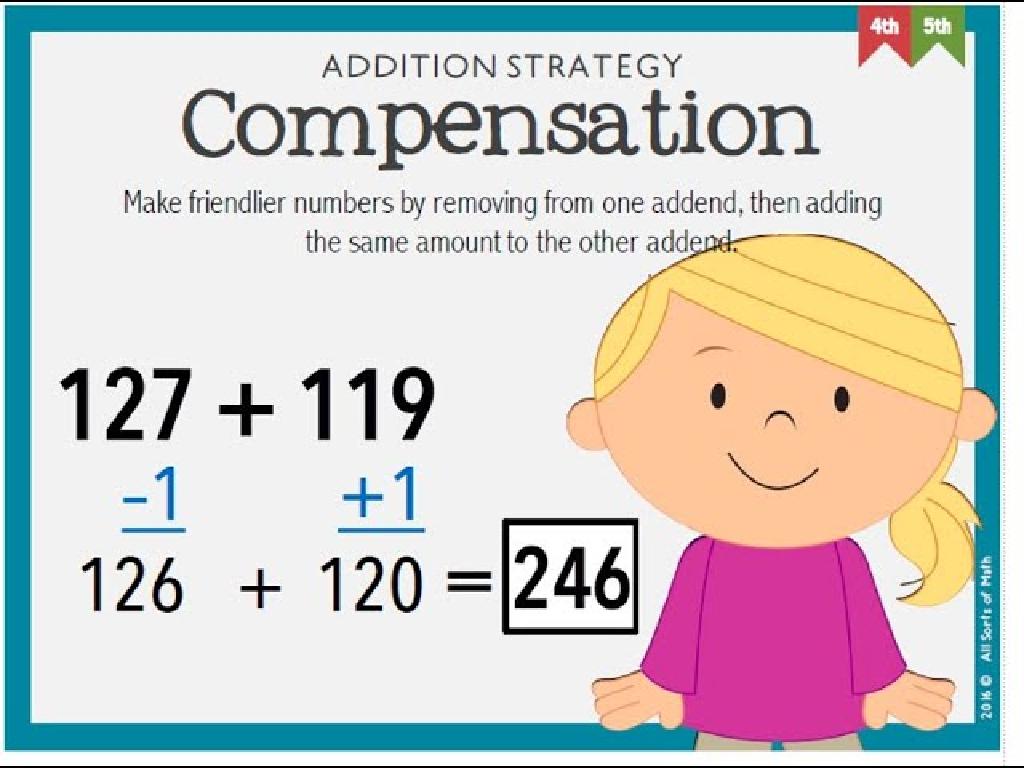Write An Equivalent Ratio
Subject: Math
Grade: Sixth grade
Topic: Ratios And Rates
Please LOG IN to download the presentation. Access is available to registered users only.
View More Content
Introduction to Ratios
– What is a Ratio?
– A comparison of two quantities showing the relative sizes.
– Everyday examples of ratios
– Recipes in cooking, or mixtures like paint colors.
– Simplifying ratios in math
– Reducing ratios to simplest form, like 4:6 to 2:3.
– Practice with equivalent ratios
– Find different ways to express the same ratio.
|
Begin the lesson by defining a ratio as a way to compare two quantities, which can be written in various forms such as 3:1, 3/1, or ‘3 to 1’. Use relatable examples like recipes (e.g., 2 cups of flour to 1 cup of sugar) or mixtures (e.g., 1 part blue paint to 2 parts yellow paint to make green) to illustrate ratios in everyday life. Explain that in mathematics, ratios can be simplified to their simplest form to make them easier to work with, much like fractions. Encourage students to practice finding equivalent ratios by scaling up or down, reinforcing the concept that different ratios can represent the same relationship. Provide practice problems for students to find and simplify ratios, and prepare to discuss the importance of equivalent ratios in real-world situations.
Understanding Equivalent Ratios
– Define equivalent ratios
– Ratios with the same value, despite different appearances
– Finding equivalent ratios
– Multiply or divide both terms by the same number
– Real-life ratio examples
– Recipes or mixing paints can involve equivalent ratios
– Practice with examples
– Use examples to solidify understanding
|
Begin by explaining that equivalent ratios are ratios that express the same relationship between numbers, even though they may look different. For instance, 2:4 and 1:2 are equivalent because both describe the same proportional relationship. Show students how to find equivalent ratios by multiplying or dividing both terms of a ratio by the same non-zero number. Provide real-life examples, such as adjusting a recipe or mixing paint, to illustrate the concept. Encourage students to practice creating their own equivalent ratios from given ones to reinforce the lesson.
Creating Equivalent Ratios
– Multiply or divide both ratio terms
– Use the same number for both terms to find equivalents
– Ratio value remains the same
– The ratio’s worth doesn’t change, just its appearance
– Example: Juice concentrate ratios
– Mixing water and concentrate in different but equivalent ratios
– Practice with interactive activity
|
When teaching equivalent ratios, emphasize that multiplying or dividing both terms of a ratio by the same non-zero number will produce an equivalent ratio. It’s crucial to convey that the value of the ratio remains unchanged; it’s the expression of the ratio that alters. Use the juice concentrate example to show how different mixtures can taste the same, which is a practical application of equivalent ratios. For the interactive activity, students can create their own juice mixtures using different equivalent ratios to reinforce the concept. Provide guidance on how to select a multiplier or divisor and ensure students understand that the choice of number must be consistent for both terms of the ratio.
Practice Problems: Equivalent Ratios
– Solve for equivalent ratios
– If 2:3 is a ratio, 4:6 and 6:9 are equivalent
– Find the missing number in a ratio
– In the ratio 3:x = 9:12, find x
– Ensure ratios are equivalent
– Check if 4:5 is equivalent to 8:10 by cross-multiplying
– Apply knowledge to problems
|
This slide is aimed at providing students with practice problems to solidify their understanding of equivalent ratios. Start by explaining the concept of equivalent ratios and how they can be found by multiplying or dividing both terms of the ratio by the same number. Then, move on to finding the missing number in a ratio by setting up a proportion. Teach students how to ensure ratios are equivalent by cross-multiplying and checking for equality. Provide several examples for each type of problem and encourage students to solve them independently, offering guidance as needed. The goal is for students to apply their knowledge of ratios to find equivalents and recognize them in various contexts.
Real-World Application of Ratios
– Ratios in cooking
– Use ratios to measure ingredients for any serving size.
– Adjust recipes with ratios
– If a recipe is for 4 people, how to adjust for 6?
– Ratios in map reading
– Understand map distances by comparing to scale ratios.
– Scale models and ratios
– Miniature models use ratios to represent real-life sizes.
|
This slide aims to show students how ratios are applied in everyday life, emphasizing their practicality and importance. In cooking, ratios allow us to maintain flavor while changing the quantity of the recipe. Students should learn how to scale up or down a recipe by finding equivalent ratios, which is a valuable skill in the kitchen. Map reading is another practical application; by understanding the ratio of the map’s scale, students can calculate actual distances. Lastly, scale models, like those of buildings or cars, use ratios to accurately represent the size of the object in a smaller form. Encourage students to bring examples of ratios they find at home or in their surroundings.
Class Activity: Crafting Recipes with Ratios
– Group activity: Create a recipe
– Use equivalent ratios to adjust servings
– If original recipe is for 4 people, how to change it for 6?
– Present your adjusted recipe
– Discuss the importance of ratios in recipes
– Understanding ratios ensures accurate recipe scaling
|
In this engaging group activity, students will apply their knowledge of equivalent ratios to real-life situations by adjusting a recipe. Divide the class into small groups and provide each with a simple recipe. Their task is to use equivalent ratios to alter the recipe to serve a different number of people. Afterward, each group will present their adjusted recipe and explain the process they used to achieve the correct ratios. This activity not only reinforces the concept of ratios but also emphasizes their practical application in everyday life. For the teacher: Prepare a few recipes of varying complexity, consider dietary restrictions, and have a backup plan for groups that finish early, such as challenging them to convert the recipe to serve a larger party or to a fraction of the original number of servings.
Wrapping Up: Equivalent Ratios
– Recap on equivalent ratios
– Why master equivalent ratios?
– Understanding ratios is key in math and real life
– Homework: Find ratios at home
– Look for items or situations that can form a ratio
– Share your findings tomorrow
|
As we conclude today’s lesson, remind students of the key points about equivalent ratios. Emphasize the importance of understanding ratios as they are foundational for higher-level math and practical life applications, such as cooking or budgeting. For homework, students should find three examples of equivalent ratios around their home, such as ingredients in a recipe or objects grouped together. This will help them relate the concept to everyday life and reinforce their learning. Encourage them to be prepared to discuss how they found their ratios and what made them equivalent in the next class.






